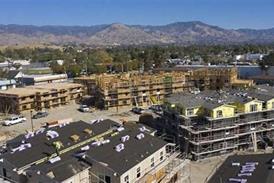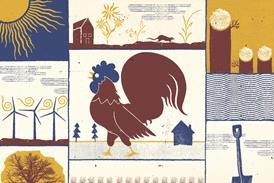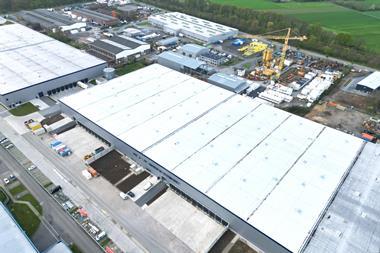The real estate finance market may have peaked, according to Savills.
In its annual financing property presentation, Savills asked whether real estate markets are “in danger of repeating past mistakes”.
While the firm said there is a case that the real estate finance market may have peaked, factors present in 2007 before the global financial crisis are, it said, currently absent from today’s market.
Referring to presentations from the last 20 years, past mistakes are largely not being repeated, Savills said, although there are potential risks if an unexpected interest rate rise triggers an increase in the cost of borrowing.
William Newsom, senior director of valuations at Savills, said lenders are not financing speculative development and therefore not bringing extra risk into the market.
“There are now property owners who have a strong preference to borrow from alternative lenders due to a perception that they are faster, skilled and offer greater certainty of delivery,” he said. “Borrowers are prepared to pay a higher interest cost for these advantages.”
Regulatory reform has been a positive force, Savills said.
The firm said 180 new lenders from a range of backgrounds have entered the market since 2013, creating an increasingly diverse, balanced lending market.
By the end of 2015, insurance companies and alternative lenders had grown their respective shares of the market to 16% and 9% respectively. Savills forecasts that these will increase to 18% and 13% by the end of this year. German banks, North American banks and other international banks will retain a 13% share each.
Newsom said loan to value ratios have decreased since 2015, although, if mezzanine finance is included, this is capable of pushing total ratios to above 80%.
“This is of potential concern, but with the cost of money at a record low it can be comfortably achieved in today’s market,” he said.
The issue, Newsom said, comes once the cost of money rises.
“Once it goes up it’s a whole new paradigm, but some businesses are being built around the premise that today’s low cost environment will continue indefinitely which, frankly, it won’t.”
Savills projects that total property returns on all commercial property will fall from 12.9% in 2015 to 4.1% in 2017, before climbing to 7.9% in 2020, with rental growth remaining steady.















No comments yet